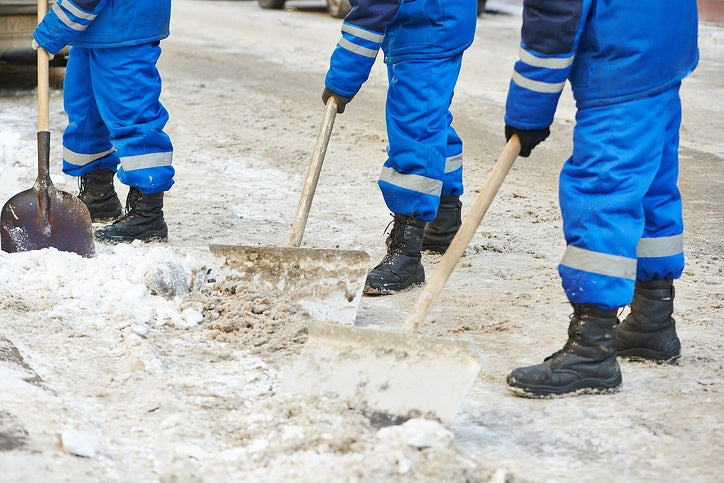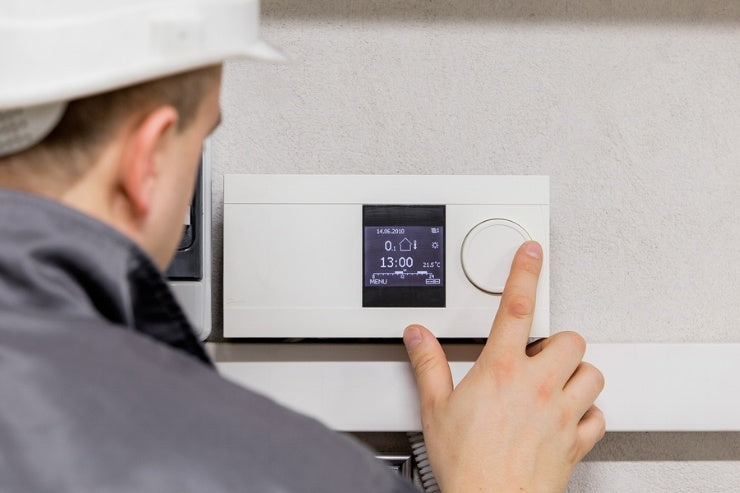
Although most facility managers know well how to handle snow and ice removal tasks themselves, the responsibility of passing that knowledge on to others might not always come naturally. And yet, without a robust training and education program, it will be impossible to teach new recruits best practices. The alternative, always and only hiring "old pros" can be expensive, and the constantly rotating nature of the job market requires that new posts be filled fairly often. It’s therefore well worth the time to efficiently train and educate your team on how to properly handle commercial snow removal.
Snow-Removal Education
The Snow and Ice Management Association (SIMA), is a not-for-profit organization dedicated to improving snow and ice removal efficiency and safety at commercial and industrial facilities. While there are other such groups, SIMA is one of the best and largest, having over 1,000 members in the U.S. and Canada.
In addition to outlining key performance criteria that can help you assess and improve your facility's snow removal plan, SIMA offers abundant resources as far as commercial snow removal curriculum and educational materials are concerned. They also allow you to participate via online courses and Webinars, making it practical for new recruits to gain both the "book learning" aspect from them and the "hands-on" training from you.
Some of SIMA's best programs and services include:
- Over 30 training courses that cover every facet of the snow and ice removal task.
- A certificate-earning program called Advanced Snow Management that consists of four parts: Core Principles, Ice Management, Plowing Operations, and Sidewalk Operations.
- Downloadable documents, team training packages, instructional DVDs, and other aids that can be a key part of your on-site training classes.
By visiting SIMA online or perusing their downloadable 2015 Training Catalog, you will find aids that make it easier than ever to turn your "rookies" into experienced snow removal professionals.
Snow-Removal Training
The availability of outside educational materials and programs is a major asset, but there is no replacement for having an on-site, employee training program built into your staff work schedule. You will be counting on those under you to work long, tedious hours in sub-zero temperatures and dangerous grounds conditions. It is imperative that you invest in your personnel so that they can perform even under the most rigorous conditions.
Some key components that should be included in your employee training efforts are:
- An annual review and update session before the first snowfall. This kind of pre-season training is crucial to refreshing minds and getting them focused once more on snow and ice removal efforts.
- Detailed orientation for all new hires and a "buddy system" that lets your more experienced students take on a teaching role and monitors new recruits until you are sure they are up to the task.
- A seminar that covers proper lifting posture for loading salt bags into spreaders, safety tips on operating snowblowers like using a wooden broom handle to unclog the feed, and ways to recognize sleep-deprivation, frostbite, and exhaustion in team members.
- An "instructional test drive" for new snowplow operators to ensure they know how to safely stack snow and avoid damaging pavements during plowing.
- A quiz that covers the best uses of various deicing and anti-icing agents, the damage that rock salt and other chemicals can do when misused, and the ideal quantity and timing of application.
Having deep knowledge of snow and ice removal methods differs from knowing how to effectively communicate that knowledge to others. A combination of informational and hands-on approaches will work best. Groups like SIMA can provide the curricular aspect, but it falls to facility managers to implement the more practical side of the equation in preparing their teams for the intense months of commercial snow removal.
Additional Training Resources:

